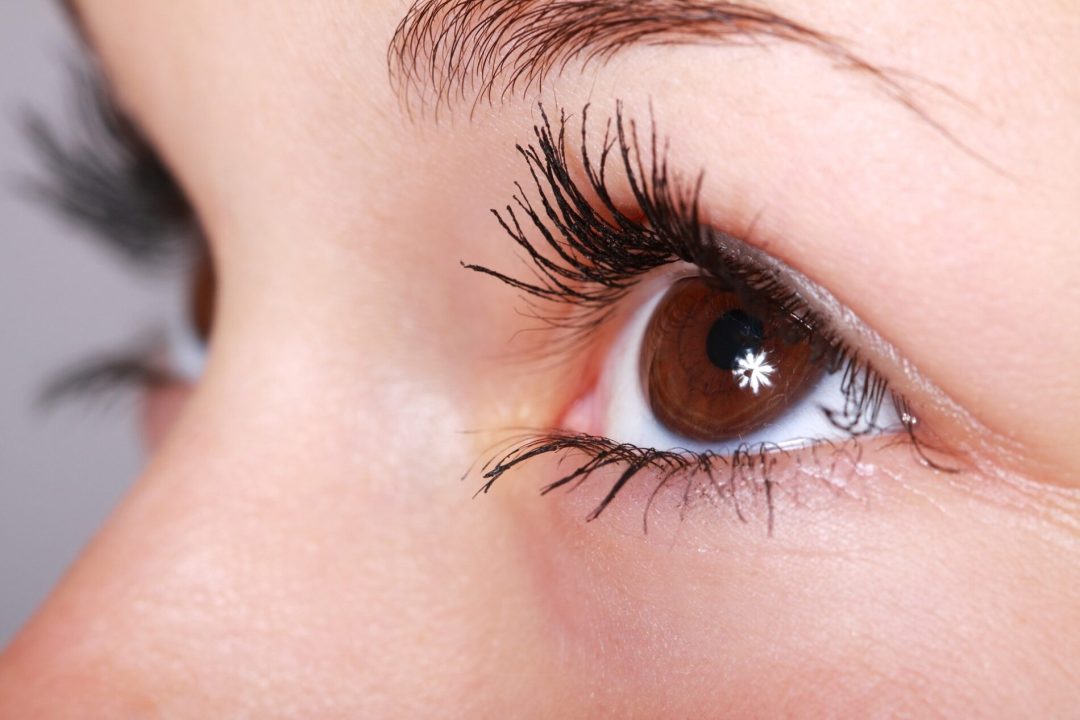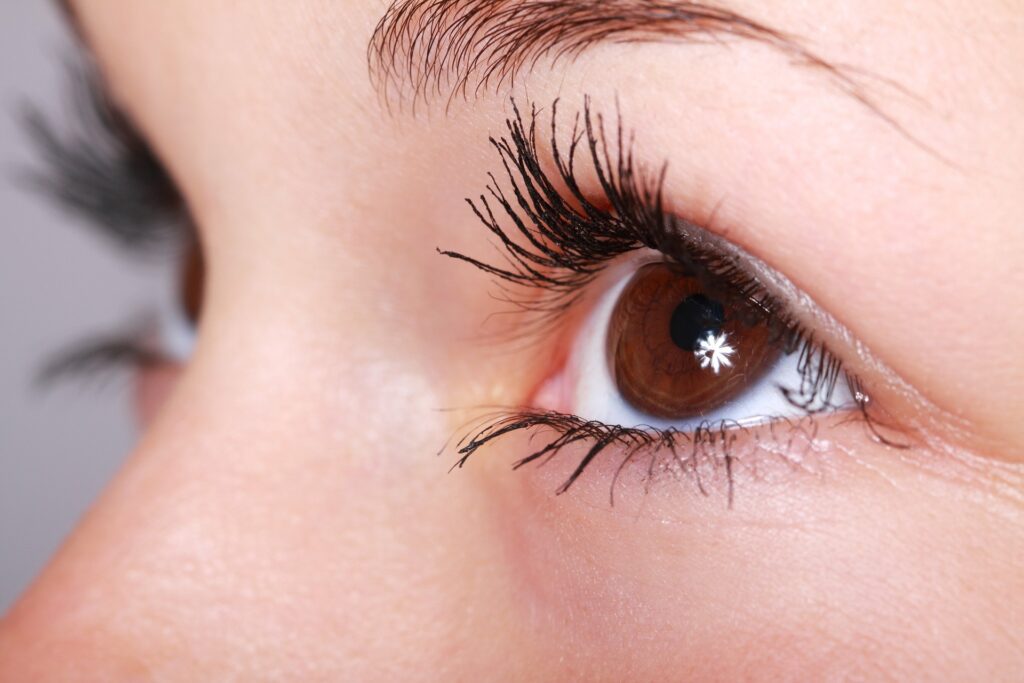
Written by Alexandra Preston
A common view of depression and anxiety is that they are purely biological, caused by a chemical imbalance. However, psychological trauma can play a key role in their development. Stressful life events are more closely associated with the onset of depression than genetics, and a survey of over 22,000 people found that adult survivors of abuse were several times more likely to have attempted suicide. Often, we must help patients heal trauma, so they can heal from depression. One intervention proving to be very effective in these situations is Eye Movement Desensitisation and Reprocessing (EMDR).
What is EMDR and What Can it Do For Me?
EMDR was developed in the 1980s by American psychologist, Dr Francine Shapiro. One day, she recalled distressing events of her own while out walking and felt improvements when she allowed her eyes to rapidly move back and forth. Later, she experimented with 70 people to develop consistently effective techniques, and EMDR was born.
If I have depression or anxiety, why should I consider EMDR? Simon DuBois, psychologist at The Health Lodge, explains: “EMDR is particularly good for addressing life experiences that continue to affect us today. In therapy we are often asked to recount them. This can be helpful as it lets us make sense of them, while taking the fear out and understanding them as things that happened in our past.
Sometimes, recounting our story can be too stressful and overwhelming. We just want to move on and stay in the present. EMDR uses key elements of information and the innate wisdom of your body and mind to process them, with skilled help of the therapist. You will still work hard, not by reliving the past, but using the inbuilt ability of your mind and body to take the intensity of emotional distress out of your daily experience.” All of this means that EMDR can be very empowering, and the best therapy if you are more sensitive, or have a more severe history of trauma.
Why We Use EMDR for Depression and Anxiety
Deirdre Middlehurst, one of our clinical psychologists, uses EMDR to “resolve the underpinnings to the development of (exogenous) depression and anxiety.” She states that “Both depression and anxiety are symptoms; efforts by our human system to bring our attention to an underlying ‘threat’. EMDR addresses the underlying issue so that the symptoms need no longer be there.” Besides EMDR, “The current research-supported therapies for either depression or anxiety are CBT, mindfulness, or CBT with mindfulness.”
A 2013 review of research by Cochrane, an authoritative source for evidence-based practice, found that both EMDR and trauma-focused CBT are the best psychological therapies for PTSD, both immediately and several months after treatment. EMDR significantly relieved depression and anxiety associated with trauma and was either equal or superior to other therapies.
A small trial published two years later compared the effects of EMDR with usual psychotherapy treatment. At the end of the study period, 11 of 16 patients receiving EMDR achieved remission, defined as scores on the Beck Depression Inventory falling below 12. Their average score was 21 before the therapy, and 7 afterwards. Using another depression scale, their average scores fell from 20 to 7. In the control group, it only dropped by four points, despite similar initial scores.
Do we really need the eye movements use in EMDR? Yes; an analysis of 24 studies not only found that it may work faster than other forms of psychotherapy, but that the eye movements play a key role in relieving intensity of emotional trauma.
What Else Can We Do?
If you have depression, anxiety or both, your healing journey will most likely involve an integrative team of practitioners who work with different modalities. For example, you may see a psychologist, naturopath and craniosacral therapist.
What may a naturopathic treatment plan look like if you have a history of trauma? As Reine DuBois our clinical director and Naturopath tells us, “Naturopathy has a lot to offer when resolving PTSD and working in with EMDR. N-acetyl cysteine, good quality omega 3, phospholipids, and B vitamins all help to reduce brain inflammation and restore brain rhythms. Addressing the gut microbiome is also essential, as high amounts of adrenaline often creates leaky gut syndrome and poor immune tolerance to certain foods.” Besides maintaining the gut lining, the microbiome also ‘talks’ to the brain. If healthy, it aids emotional regulation and cognition.
Rachel Coulter, our Physiotherapist and craniosacral therapist at The Health Lodge, adds: “Craniosacral therapy, myofascial release, and visceral techniques can be useful adjuncts to EMDR. These modalities allow gentle release of tension in the body. This helps to downregulate the nervous system. Releasing tension may reveal memories and emotions such as fear, grief, and anger. It’s not always ‘bad’ memories and emotions that are revealed. Often positive emotions such as love, joy, peace, and connection can be experienced as well.” In fact, compelling research presented at a 2009 naturopathic convention found that craniosacral therapy can even relieve anxiety and physical manifestations of severe trauma in ex-political prisoners!
What if a friend or loved one is suffering from depression or anxiety? It’s natural to want to help, so Deirdre advises us to “Recommend the friend seek out a therapist competent in addressing the psychological issues. Explain that there is no longer a stigma around seeking professional help … There is no need to suffer needlessly.”
Depression and anxiety may make you feel like there is no way out, but don’t give up. There are integrative options; to see which are right for you, click on the links above to learn more about our practitioners and book an appointment. We are here for you, to guide you through the path you decide to take.
References
3: https://www.cochranelibrary.com/cdsr/doi/10.1002/14651858.CD003388.pub4/full
4: https://www.ncbi.nlm.nih.gov/pmc/articles/PMC4467776/
5: https://www.ncbi.nlm.nih.gov/pmc/articles/PMC3951033/


